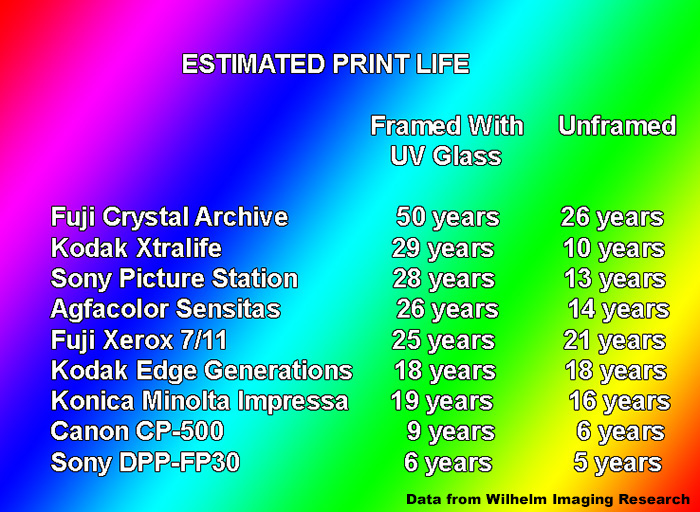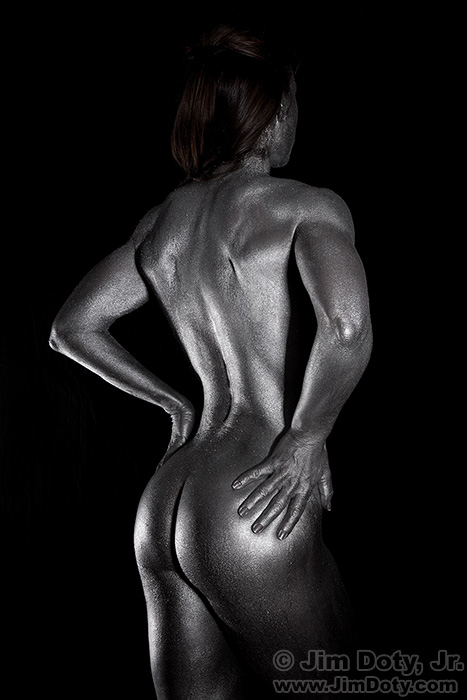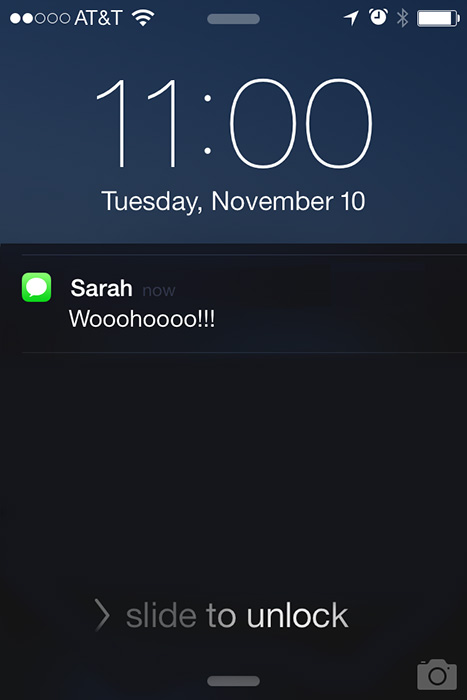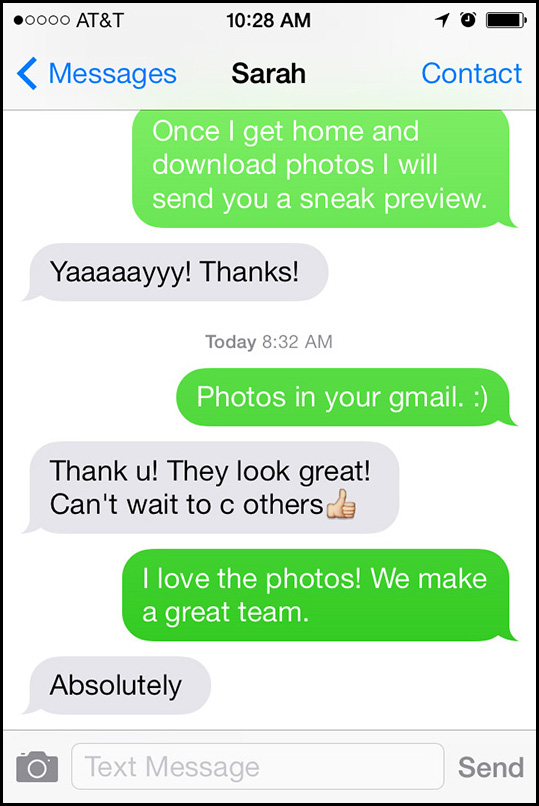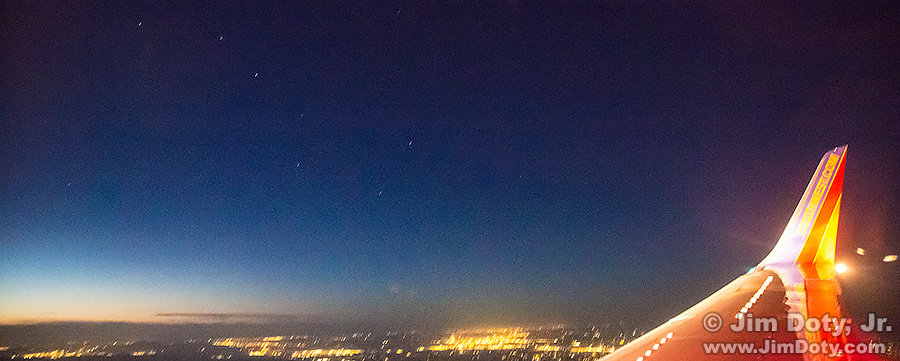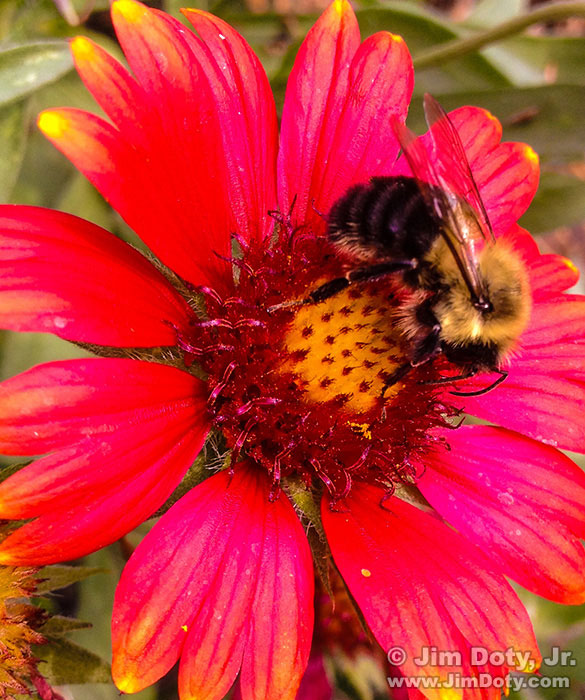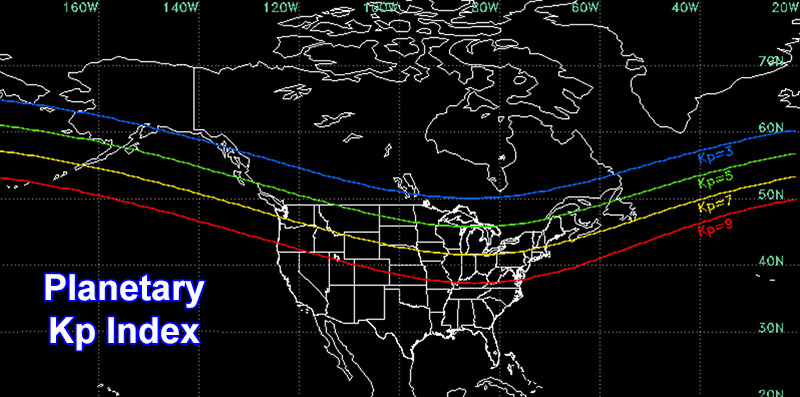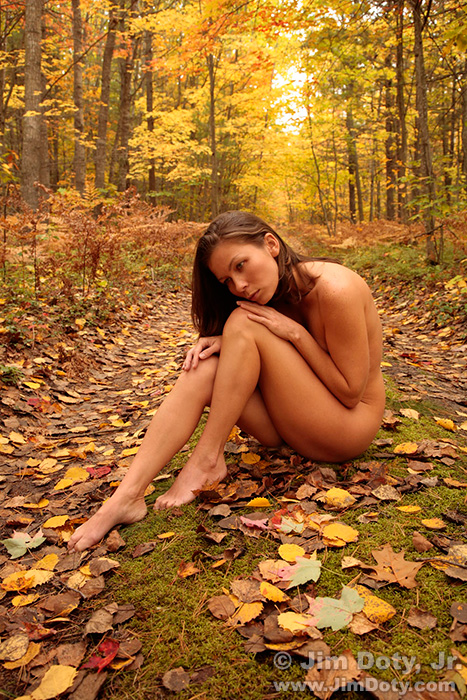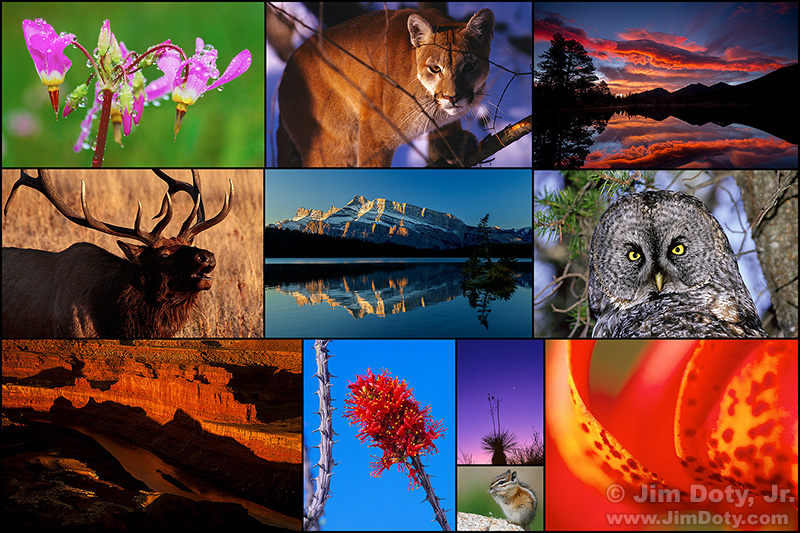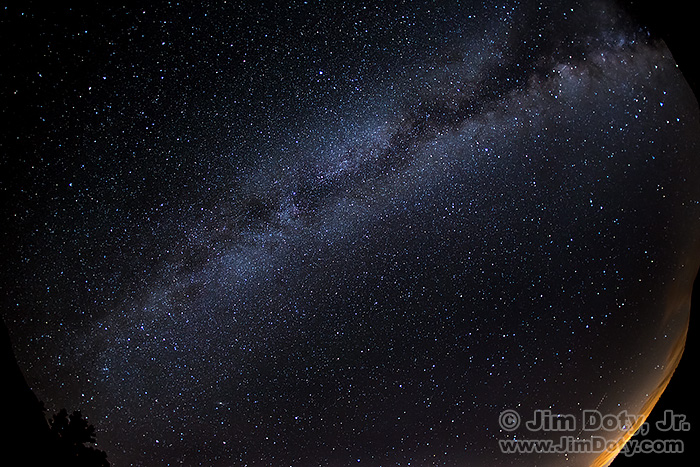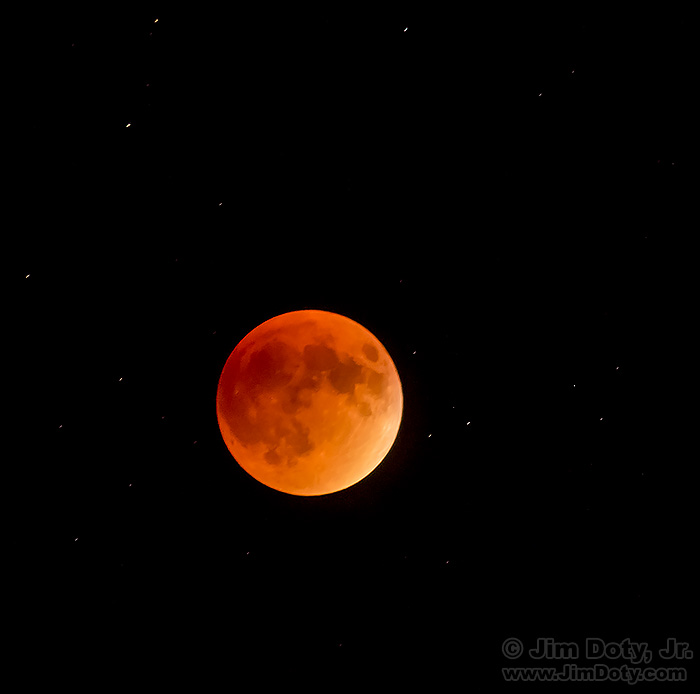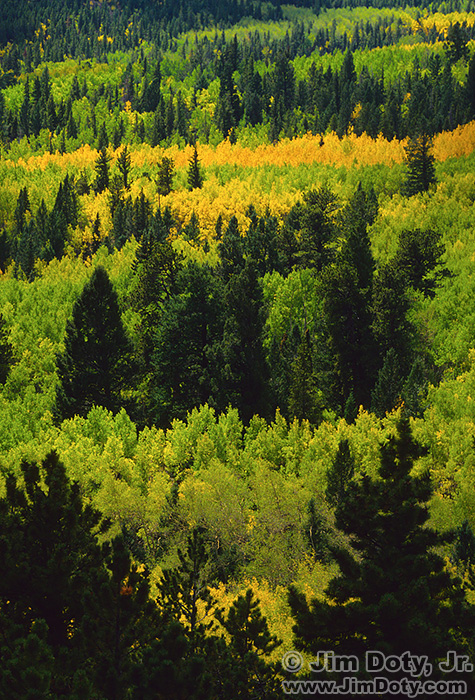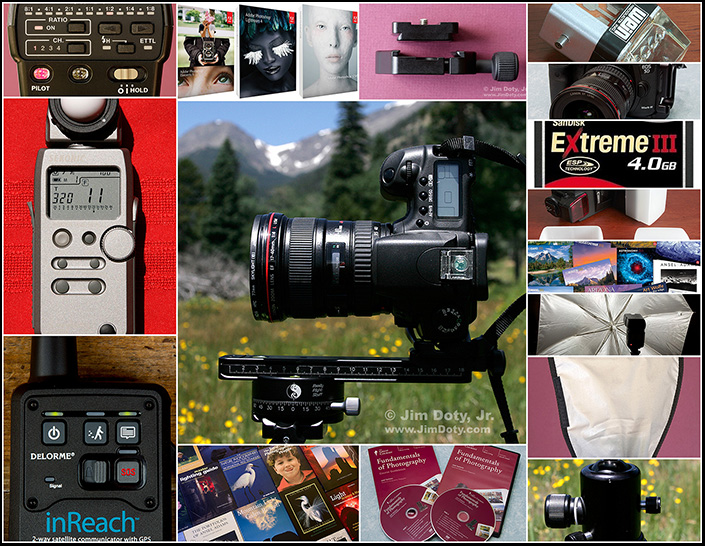Is it a great deal? Or is it a rip-off? You are searching online for a good price and you come across a terrific deal. Are you about to get burned? There are ways you can tell.
Category Archives: General
How Long Will Your Photo Lab Prints Last?
Would you rather pay $3 – $4 for an above average to poor quality 8×10 inch print that will fade in 18 years, 9 years or less, or would you prefer paying $2.00 for a very high quality 8×10 print that will last 50 years? People pay more money for prints with a short life expectancy all the time. Why? Because they don’t have the right information, and they may have no idea that prints have such widely different life spans.
How to Get the Best Results from the Best Online Photo Labs
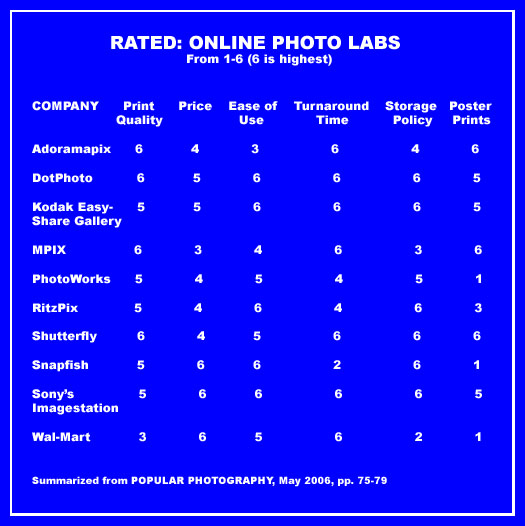
The lab you choose and the kind of file you send to your lab can make a big difference in the quality of print you get back. How do you pick a good online photo lab? How do you get the best results from your lab? What color space should you use for your digital files and how do you convert your files to the right color space? How big a print can you make from your digital files?
Using the Histogram to Check Studio Flash Exposures
When using studio flash units, usually the best way to check your exposures is to use an incident light meter which is capable of metering flash exposures. But what if you don’t have an incident flash meter? Or what if you have a subject that absorbs a lot of light? Or a subject that reflects a lot more light than your typical photographic subject? You can double check your exposure settings by using the histogram on your camera. FYI: Do not trust the LCD image on the back of your camera to judge your exposures.
Kristina’s Instagram Post
Kristina Jimenez posted an “Excited to shoot with you again” note on Instagram. It made my day. We have worked on several photo shoots together. She is an absolute delight to work with and a first class professional model. I am excited about working with her again.
In a Photo Rich Environment: Be Prepared
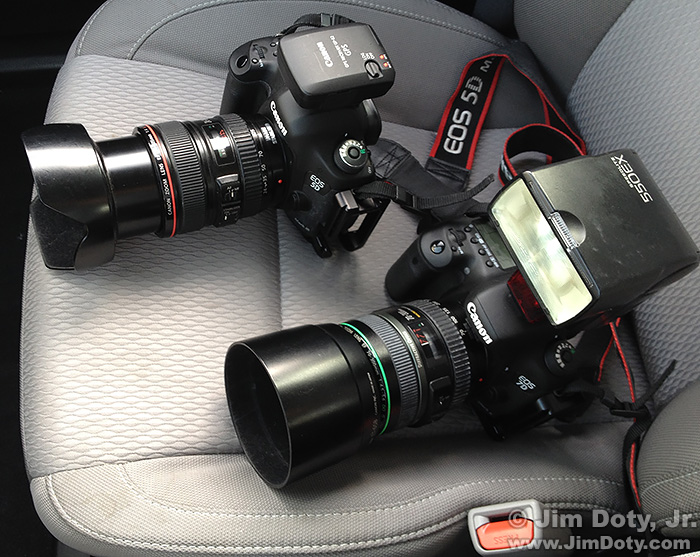
Front seat camera gear. Canon 5D Mark III with Canon EF 24-105mm f/4 lens. Canon 7D Mark II with Canon EF 70-300mm f/4.5-5.6 DO IS lens.
You probably recognize the scout motto: “Be Prepared!” It also applies to photography. When I am in a photo rich environment, especially if there is a possibility of seeing wildlife, I usually have two cameras and lenses on the front seat next to me, all ready to go.
POTD: Stars Trails Over El Capitan
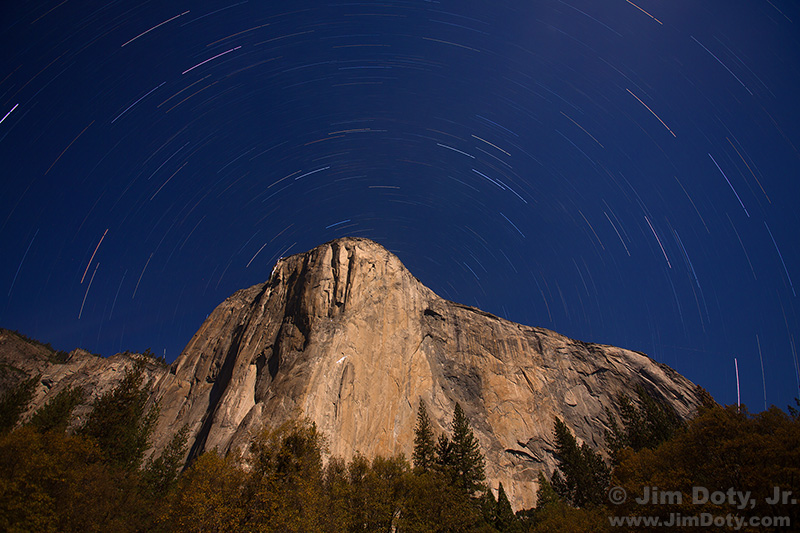
Stars over El Capitan with climbers on the granite cliffs. Yosemite Valley. This is a stacked image combing 8 separate exposures. Click to see a larger version.
El Capitan is a splendid sight in Yosemite Valley. Small wonder that for decades photographers have been showing up in droves to photographic the iconic granite cliffs. It is the largest block of exposed granite on our planet.
How to Create a Stacked Image of the Night Sky
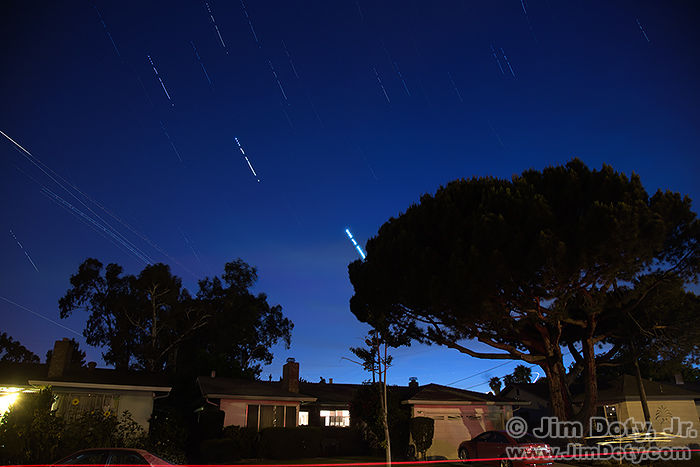
Venus, Jupiter, stars, and airplane lights. Fremont, California. 27 separate images stacked together. Click to see a larger version.
It is a handy thing to know how to stack multiple night sky images into one photo. It allows you to create one stacked image covering a long period of time (using multiple photos) when it is not possible to make one long exposure of the night sky. What is a stacked image? Several images taken over a period of time which are combined to create one image fro the whole time period. This tutorial will show you how to create one.
Preferences Part Two: Shutter Speeds and ISO Settings
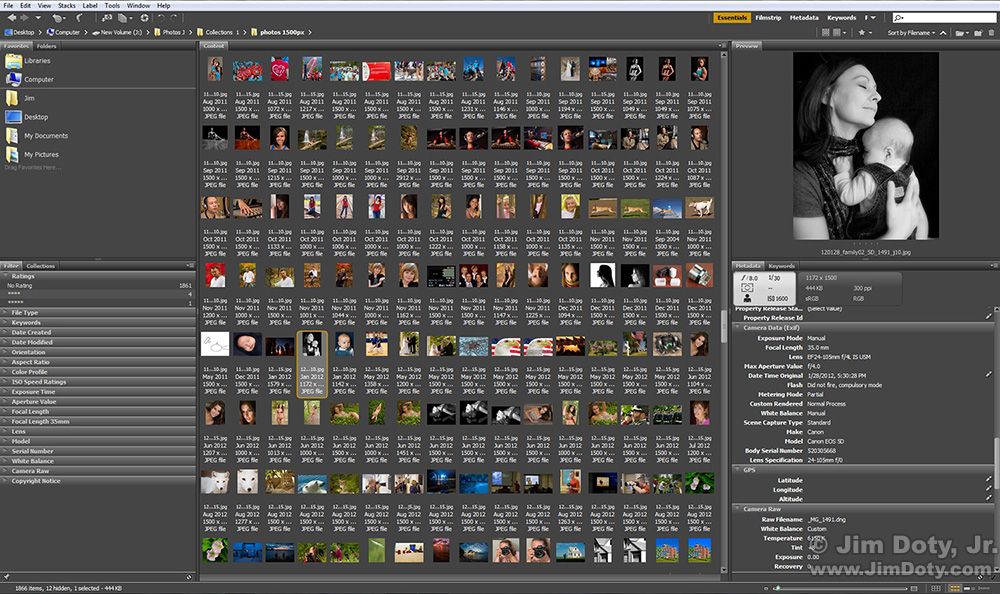
Folder opened with Adobe Bridge. You are looking at 128 images out of over 1800 images in the folder. Click to see a larger version.
I was asked recently if I have a favorite focal length, lens, or aperture setting (see Preferences Part One). And I have also been asked if I have favorite shutter speeds and ISO Settings. So I decided to open a folder with over 1800 of my images (a little of everything) and take a look at my shooting preferences from a statistical point of view. I chose a folder that has a wide variety of subject matter and a high number of images. I used Adobe Bridge for the way it gathers metadata statistics (see the prior article).
Your Camera Loves “Middle Gray” – And Why That is Important
Your camera is in love with middle gray. The quicker you learn how to deal with this infatuation, the better your photos will look, including all of your color photos.
Veterans Day
Preferences Part One: Focal Lengths, Lenses, and Apertures
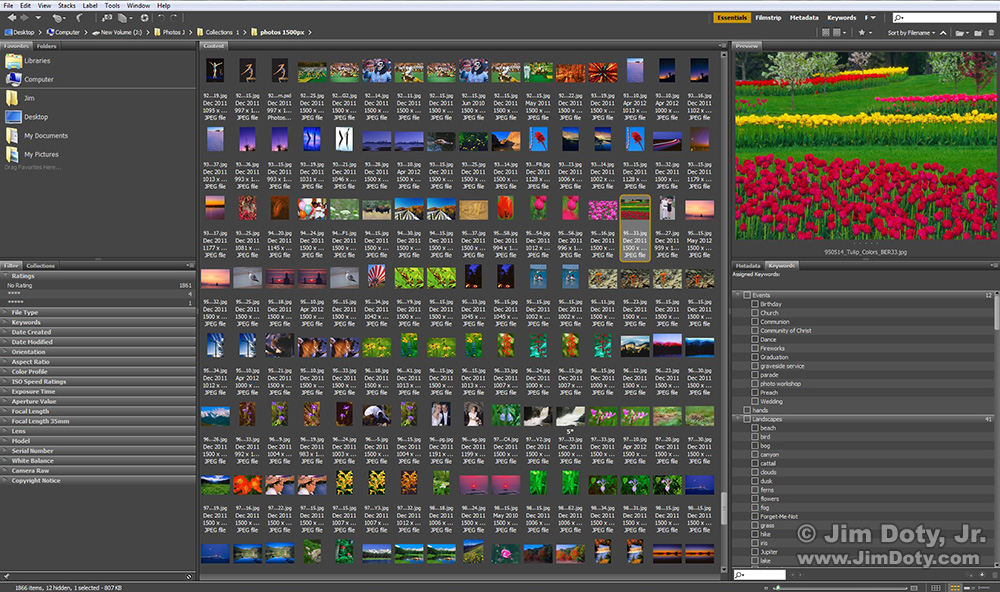
Folder opened with Adobe Bridge. You are looking at 128 images out of over 1800 images in the folder. Click to see a larger version.
I was asked recently if I have a favorite focal length, lens, or aperture setting. And I have also been asked if I have favorite shutter speeds and ISO Settings (see Preferences Part Two). So I decided to open a folder with over 1800 of my images (a little of everything) and take a statistical look at what I do.
(This article was originally written Nov. 11, 2015 and revised Nov. 13, 2015.)
Using the Histogram to Check Studio Flash Exposures
Photo Shoot: Sarah in Silver Metallic Body Paint
Sarah is a professional fitness trainer (and one of my favorite clients) and we get together once or twice a year to create images. Several months ago we planned our next photo shoot and picked a date this fall.
Woohoo!!!
I have been sending more photos to Sarah this morning (see my last post). I will post a few images from our photo shoot later today.
A Happy Photo Client Makes My Day!
Like most photographers, I want my clients to be pleased with my work, and when a client loves the images, well . . . .
6 Photographers, 1 Subject, 6 Different Stories, 6 Very Different Portraits
Fisherman? Alcoholic? Millionaire? Former prison inmate? Saved another person’s life? Psychic?
Six photographers were told 6 different stories about the same person, and came up with 6 very different images. Are we, as portrait photographers, shaped by the stories we attach to our subjects?
How to Photograph Stars from a Plane
Theoretically, it is difficult if not impossible to photograph stars from a moving plane. And for most flights that is true. Star photography usually means a steady tripod (on the ground, of course), exposures that are around 15-30 seconds in length, and an ISO around 400-1600 depending on the amount of sky fog at your shooting location. That just won’t work on a plane. Plus most plane rides are just too bumpy or unsteady, not to mention engine vibrations that are transmitted through the airframe. But it can be done with just the right conditions.
Jay’s Rock – Finding the Prime Location

First sunlight on the Maroon Bells at Maroon Lake. Jay on his rock, Jay’s wife, me, and other photographers. Photo © Bob Walker.
In photography, as in real estate, sometimes it is all about “location, location, location”. As the old photographic saying goes: “f/8 and be there.” In the fall that is especially true of mornings at the Maroon Bells. Arrive too late and you will get a less than prime spot and you will have other photographers in your photo instead of a pristine view of just the peaks and Maroon Lake.
Garden Photography Interview for the Akron Beacon Journal
It all started October 9 with an email from Mary Beth Breckenridge, asking if she could interview me early this week for an article in the Akron Beacon Journal. She wanted to interview several photographers and get our suggestions for creating garden photos with a camera phone.
Create Great Yard and Garden Photos With A Camera Phone
Fall is in the air and it isn’t too late to grab your camera phone and take some pictures in your garden. Here are some tips for creating some memorable photos. All of the images in this article were created with an iPhone 4S, which means more recent iPhones and Android phones should be capable of doing everything you see in this article (plus one simple accessory for a few of these photos). Continue reading
October 7-8: Photograph the Northern Lights Tonight!
The planetary Kp index tonight (October 7 into the early hours of October 8) is projected to be 7. That is one of the highest readings in months. If you live north of the yellow line on the map above, your odds of seeing the Northern Lights are good. Of course you need clear, dark skies. That means little or no clouds, no moon, and you need to be far away from big city lights.
Figure Studies in Northern Michigan
Sooner or later a lot of serious artists turn their attention to the artistic portrayal of the human figure. For me that happened when I did some simple figures studies in the studio for a class illustration at the art institute. When you teach at the art institute, it goes with the territory. It did not occur to me at the time that I would ever do figure studies in the landscape.
2016 Nature Photography Workshops
Check out my nature photography workshops for 2016. Five of them are now online with more to come.
POTD: Milky Way, Horizon to Horizon
After using a super wide angle lens to do a more traditional photo of the Milky Way, I switched to a lens with a 180 degree diagonal field of view, pointed my camera almost straight up, and captured the entire length of the Milky Way from horizon to horizon.
The “Super Blood Moon” Lunar Eclipse
Sunday evening, September 27, I was leading a photography workshop in Rocky Mountain National Park. We were in pursuit (along with half the rest of the world) of the eclipse of the “Super Blood Moon”.
POTD: The Maroon Bells by Moonlight
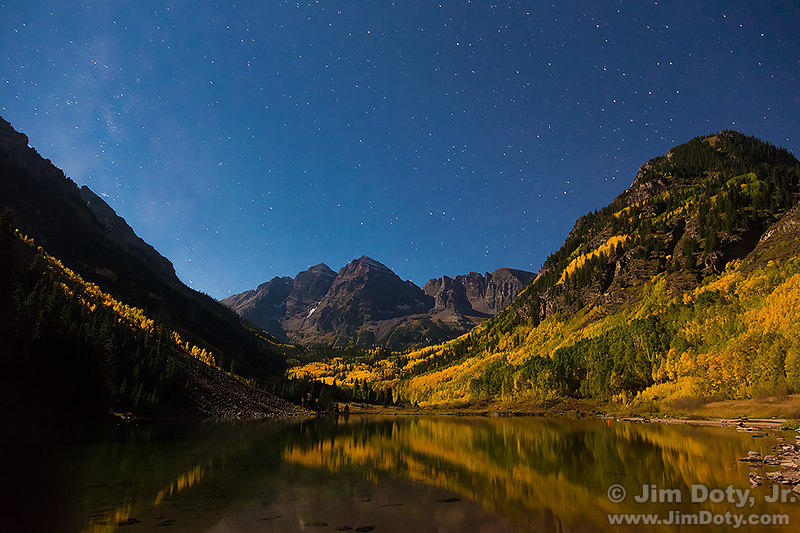
The Maroon Bells and Maroon Lake by Moonlight with the Milky Way. Colorado. Click to see a larger version.
The Maroon Bells deserve their reputation as one of the best photo locations in the state of Colorado, especially in the fall. They look just as spectacular by moonlight. It is an added bonus if you get a hint of the Milky Way in the frame (left side of the image). It won’t be as sharp and defined as on a dark night without the moon, but it will be there.
Colorado Fall Color Travel Guide
This article is updated and re-posted every year. To find the most recent version, go to the Favorites/Most Popular page and look for the name of this article.
Welcome to my first Colorado fall color travel guide with 100 photos and 17 maps. I cover some of the best known fall color locations in Colorado, and one real gem of a road that is mostly unknown to photographers and leaf peepers. Spend anywhere from two days to two weeks exploring the beautiful Colorado Rockies at a gorgeous time of year.
Finding the Peak Fall Color at the Best Locations
The update of this article is here.
Fall color is sweeping the country. To make the most of it, you want to be at the right place at the right time. With some help from the internet, I will help you find the best fall color locations at the peak of the season.
The Best of the Best: Recommendations For The Best Photo Equipment, Software, Books, Magazines, DVDs, and Online Photo Labs
It’s the time of year that the number of photo questions I receive increases dramatically. Many of them have to do with “What is the best . . . .”
So once again I will be revising my “best of the best” of articles recommending the best photo gear, software, books, DVDs, calendars, online photo labs, and a whole lot more. Most of the articles will be revised in October and November, but I am re-doing some of the articles now. As I rewrite each article I will update the links below. You can check the date at the top of each article. Today is the most recent update to the list (Sep. 15, 2015).


